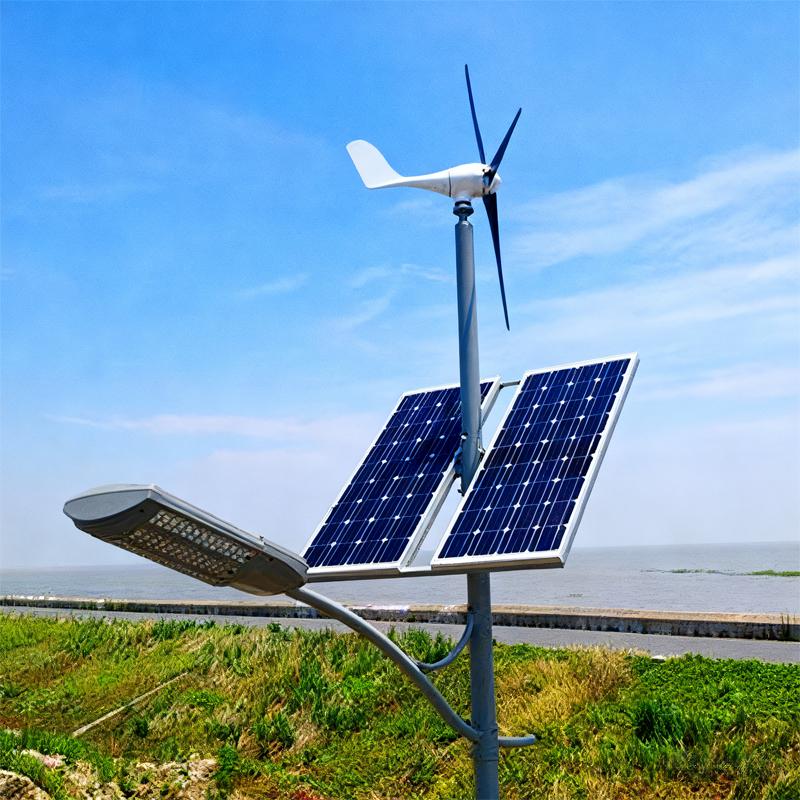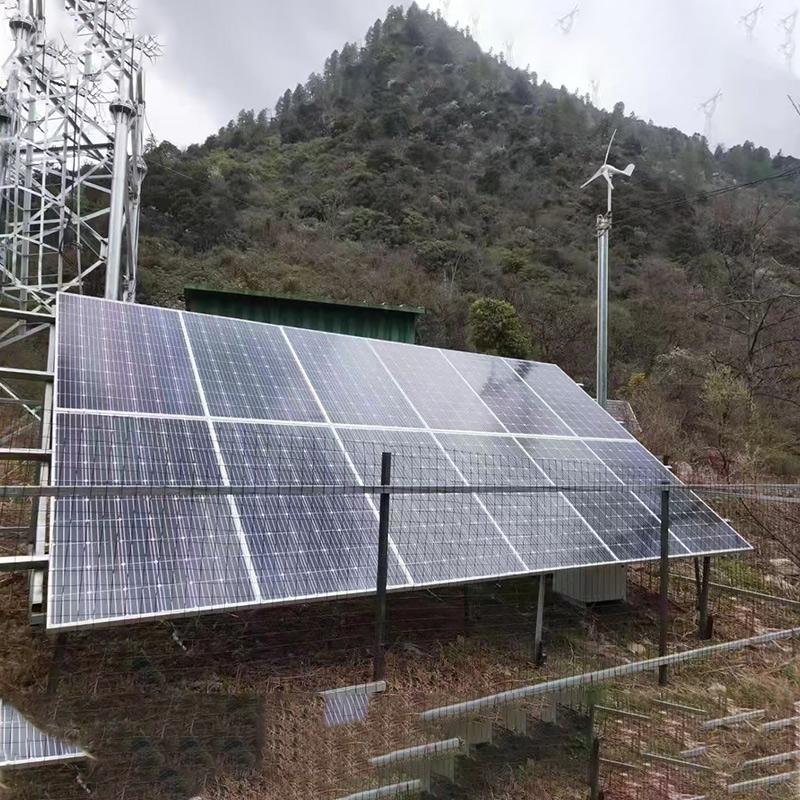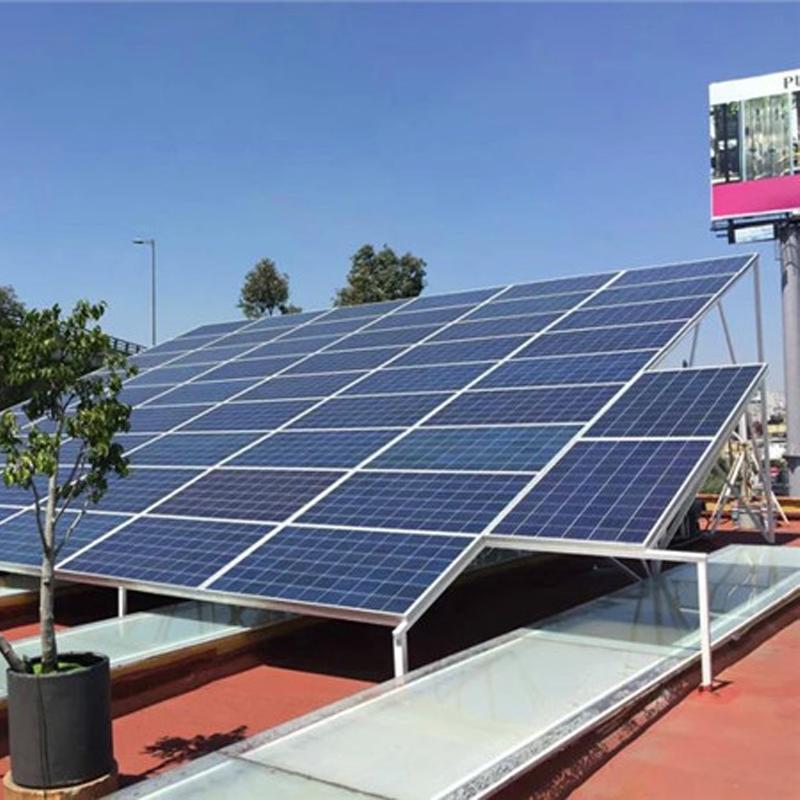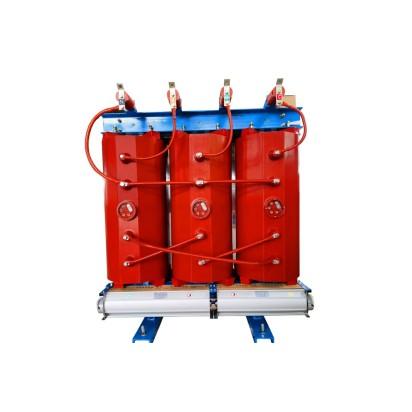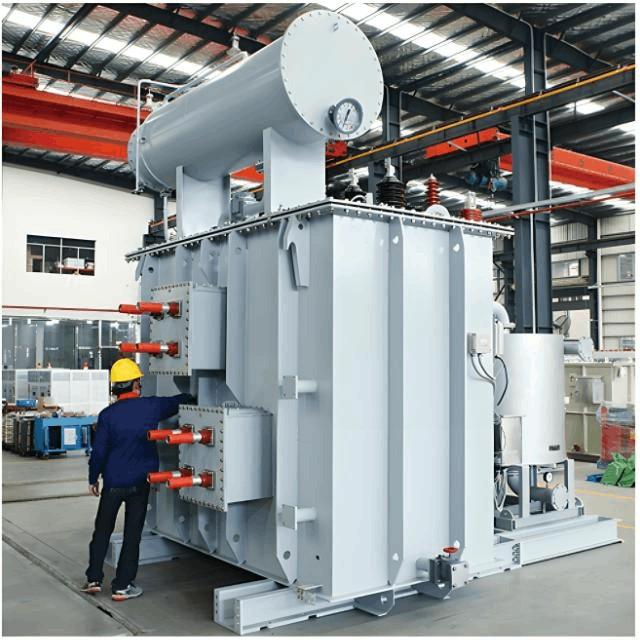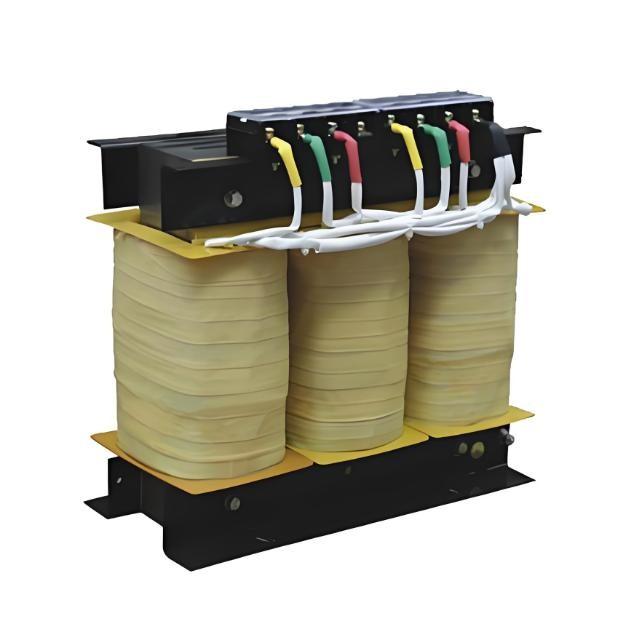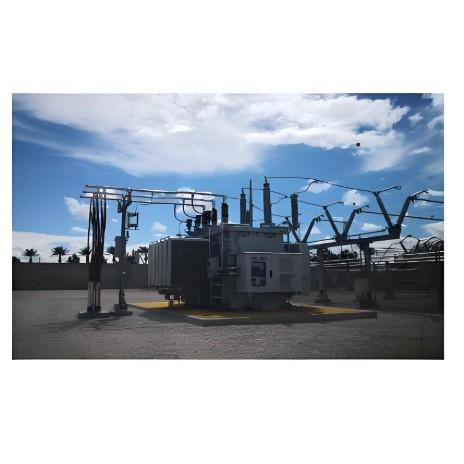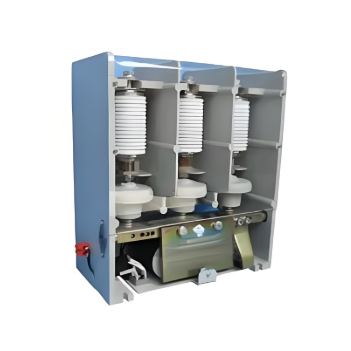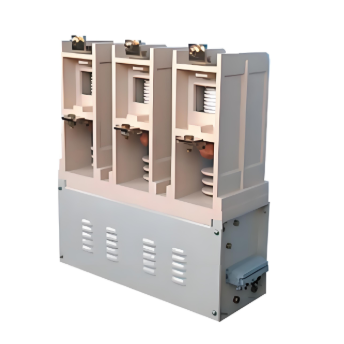A wind-solar hybrid home energy storage and charging system specifically designed for household users, integrating dual-source power generation from wind and solar energy with core functions of vehicle energy storage and charging. With a V2G/G2V all-in-one charging station as the central hub, it leverages the large-capacity energy storage capacity of vehicles to achieve a full-chain collaboration of "clean power generation - vehicle energy storage - bidirectional charging and discharging - home power supply", catering to daily household electricity usage, vehicle charging, and emergency scenarios, while balancing low-carbon energy conservation and convenience and safety.
V2G/G2V Bidirectional Charging and Discharging: A Dual-Hub for Home Energy
The system is equipped with a V2G/G2V all-in-one charging station that supports bidirectional energy flow. In G2V mode, it can flexibly connect to wind-solar power generation or the public grid to quickly charge family vehicles, meeting daily commuting charging needs. In V2G mode, vehicle batteries can feed power back to the grid, helping households participate in peak shaving and valley filling during peak electricity consumption periods, achieving triple value of "use, store, and earn". The charging station is compatible with common household power supply interfaces, requiring no major circuit modifications. Once installed, it can be used immediately, with an operation process similar to that of a regular home charging station, making it user-friendly.
Utilizing Vehicle Storage Capacity: Eliminating the Need for Additional Storage
There is no need to purchase large-scale home energy storage batteries separately. Instead, the system directly uses the large-capacity batteries of family vehicles as the storage medium. During the day when wind and solar power generation is abundant, excess electricity is stored in the vehicle batteries through the charging station. At night or when wind and solar power generation is insufficient, electricity is released from the vehicle batteries to power the home, fully utilizing the idle storage space of vehicles and reducing the cost of purchasing, installing, and maintaining home energy storage devices, meeting the needs of lightweight home energy storage.
V2L/V2H Multi-Function Expansion: Suitable for Emergency and Outdoor Scenarios
Supports dual functions of V2L (vehicle-to-load) and V2H (vehicle-to-home): In V2L mode, it can supply power to small devices such as camping lights, laptops, and portable appliances through a dedicated interface, meeting outdoor power needs such as camping and yard activities. In V2H mode, it can quickly connect vehicle power to the home circuit during sudden power outages, providing power to critical loads such as refrigerators, lighting, and routers, solving emergency power supply problems.
Flexible Energy Scheduling: Efficient Utilization of Clean Energy
The system is equipped with an intelligent control module that can automatically coordinate the relationship between wind-solar power generation, vehicle energy storage, and household electricity usage. During the day when sunlight and wind are abundant, wind-solar power generation is prioritized to meet daily household electricity needs (such as refrigerators, air conditioners, and washing machines), and excess electricity is prioritized for vehicle charging. At night or when wind and solar power generation is insufficient, the stored electricity in the vehicle is prioritized for household use, with any shortfall supplemented from the grid, maximizing the utilization of clean energy and reducing reliance on the traditional grid.
Charge on Demand: Adapting to Fragmented Household Charging Needs
The V2G/G2V all-in-one charging station supports both "plug-and-charge" and "scheduled charging" modes. After parking the vehicle, it can be quickly charged by connecting to the charging station without waiting. It can also be set to charge at off-peak hours (such as early morning) through a mobile phone, further reducing charging costs. Additionally, the output power of the charging station can be automatically adjusted according to the household circuit load, avoiding the impact of high-power charging on other household appliances.
Safe and Reliable: Multiple Protection Measures for Stable Operation
The system builds a full-chain safety protection system. The charging station is equipped with overvoltage, overcurrent, short circuit, overload, and over-temperature protection functions to prevent damage to vehicle batteries or household appliances during charging and discharging. The overall system efficiency is ≥90%, with low power conversion loss, and the rated output voltage is single-phase AC220V 50/60Hz, fully matching the power usage specifications of common household appliances, ensuring stable power supply without fluctuations. The core components have undergone waterproof and dustproof tests, making them suitable for installation in both indoor and outdoor family environments, ensuring safe operation even during rainy days.
The system adheres to the principle of "efficient collaboration and simplicity", with core configurations adapted to family scenarios:
Wind-solar hybrid power generation unit: Utilizing the complementary nature of wind and solar energy throughout the day and night, it provides continuous clean power for the system. The rated output voltage is compatible with the charging demands of electric vehicles and household appliances, eliminating the need for additional voltage conversion equipment.
V2G/G2V integrated charging station: As the core hub, it supports bidirectional charging and discharging. The rated input voltage covers the range of wind-solar power generation and grid voltage, and the output power can be adapted to the charging needs of different vehicle models. It also features intelligent linkage capabilities, enabling synchronization with energy dispatch strategies.
Intelligent control module: It monitors the wind-solar power generation, vehicle battery power, and household power consumption in real time, automatically switching between charging and discharging modes. It supports remote viewing of operational data. The maximum load of the system can be flexibly adjusted according to family needs, accommodating various load scenarios from basic household appliances to high-power devices such as air conditioners and electric water heaters.
Safety protection components: In addition to the built-in protection of the charging station, the system is equipped with overall overload protection and lightning protection, ensuring safe operation during extreme weather and peak electricity usage periods.
Daily vehicle charging (G2V mode)
Through the V2G/G2V integrated charging station, it provides convenient charging services for family cars, SUVs, and other vehicle models. It prioritizes the use of clean wind-solar energy, reducing the consumption of traditional thermal power. It also supports scheduled charging during off-peak hours to lower monthly charging costs.
Emergency vehicle rescue
When a family vehicle or a friend's vehicle is unable to start due to low battery, switching to V2L mode allows the system to provide an emergency start-up power source, eliminating the need to wait for a rescue vehicle and solving the problem of vehicle battery depletion in scenarios such as residential areas and outdoors.
Supporting daily household loads
It supplies power to household appliances such as refrigerators, washing machines, lighting, televisions, routers, and small appliances. When wind-solar power generation is sufficient, it can completely replace grid power. When it is insufficient, it supplements with vehicle energy storage to ensure uninterrupted household power supply.
Emergency power supply during grid outages
In the event of grid outages caused by typhoons, heavy rain, or line failures, the V2H mode can be activated, allowing the vehicle battery to quickly supply power to critical household loads - typically supporting the operation of refrigerators (about 3-5 days), lighting (about 7-10 days), and routers (about 10 days), preventing food spoilage and communication disruptions.
Outdoor leisure power supply
In scenarios such as family camping, backyard barbecues, and garden maintenance, power can be drawn from the system through the V2L mode to supply devices such as camping lights, portable ovens, and power tools, eliminating the need to carry heavy fuel generators and ensuring a clean and noise-free experience.
Peak shaving and valley filling at the household level
During peak grid usage periods (such as mid-afternoon in summer and late night in winter), the system prioritizes the use of vehicle-stored energy to supply household power, reducing grid electricity consumption and avoiding high peak-hour electricity prices. During off-peak periods, it charges the vehicle from the grid, achieving "off-peak electricity usage to save costs".
Utilization of surplus wind-solar power
Excess wind-solar power generated during the day is stored in the vehicle battery through the V2G/G2V charging station, avoiding waste of clean energy. During the night or on cloudy days when wind-solar power is insufficient, the stored energy in the vehicle is released to the household, maximizing the utilization of renewable energy.
Household backup power supply
It serves as a backup power supply for the household, ensuring continuous power supply in case of grid outages or emergencies. For households with high electricity demands (such as multiple air conditioners and electric water heaters operating simultaneously), or those located in areas with unstable power grids, the system can serve as a backup power source. It can quickly switch to power supply when there are voltage fluctuations or power rationing in the grid, ensuring the normal operation of high-power appliances and enhancing the stability of household electricity usage.











